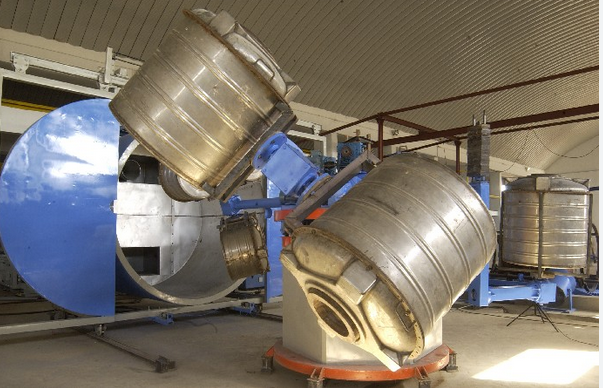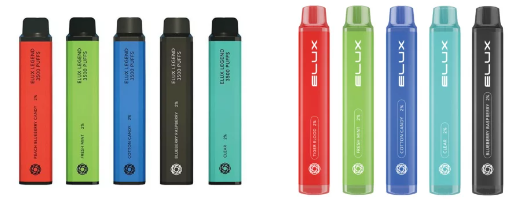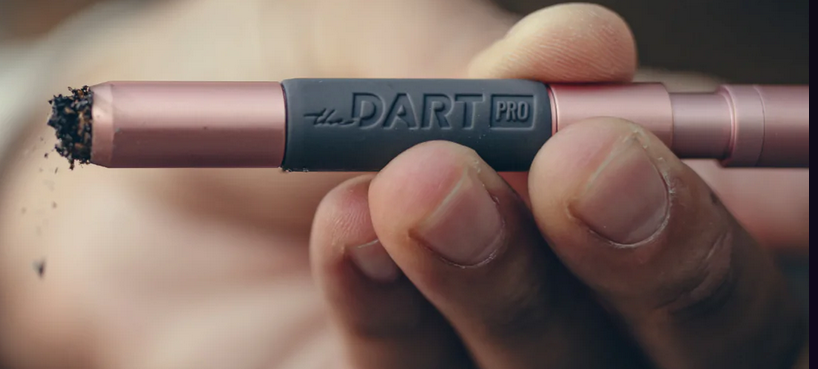Are you knowledgeable about the process of Rotational Molding, also known as Rotomolding? It’s a plastic production strategy that’s been around since the 1940s, but it’s in recent times that it’s truly revolutionized the industry. In this blog post, we will discover the art and science behind Rotational Molding, take a look at the rewards it provides producers of plastic material items, and take into account the position it has in sustainability and enviromentally friendly responsibility.
What is Rotomolding?
Rotational Molding, or Rotomolding as it’s commonly abbreviated, is a plastic-type manufacturing strategy that requires melting plastic material natural powder in the hollow mold, spinning the fungus constantly, and then letting the plastic material to amazing and firm up. Rotomolding can be a exclusive method that generates merchandise with solid, tough, and uniform surfaces of consistent size. The rotational process ensures that most aspects of the mold will receive the same volume of molten plastic material, which plays a part in its total consistency.
Great things about Rotomolding:
One of the most significant great things about Rotomolding is its capability to create huge, complicated styles and pieces. Contrary to other plastic-type material manufacturing methods, Rotomolding has no dimension restrictions, so that it is suitable for developing huge-scale products, for example tanks, boxes, and playground equipment. An additional benefit is the ability to manufacture hollow pieces without the use of seams or joint parts, decreasing the chance of water leaks or ruptures. Rotomolding is also highly functional in terms of the varieties of plastic-type material resins which can be used in the process, such as polyethylene, polypropylene, and nylon material.
Sustainability and Environmental Duty:
Rotomolding is actually a truly eco friendly producing technique which has a little enviromentally friendly impact. In contrast to injection molding, as an example, Rotomolding relies on a significantly reduced level of vitality and produces significantly less waste. In addition, a lot of the components employed during this process are recyclable, for them to be repurposed once the product actually gets to the end from the lifecycle. Given that Rotomolding generates extremely tough pieces, the merchandise made through the method have a tendency to never result in landfills in the near future. Consequently, the method itself, along with the goods manufactured by way of it, are considerable contributors to enviromentally friendly and financial sustainability.
simple
Rotomolding can be a adaptable and impressive manufacturing approach that provides huge good things about manufacturers, customers, as well as the surroundings alike. As buyer require expands for environmentally-pleasant and sustainable goods, it’s likely that we will see increasingly more businesses implementing the Rotomolding approach. By using the science and art of Rotomolding, we can easily revolutionize the plastic-type material business, making goods that are robust, cost-effective, and eco-warm and friendly.



